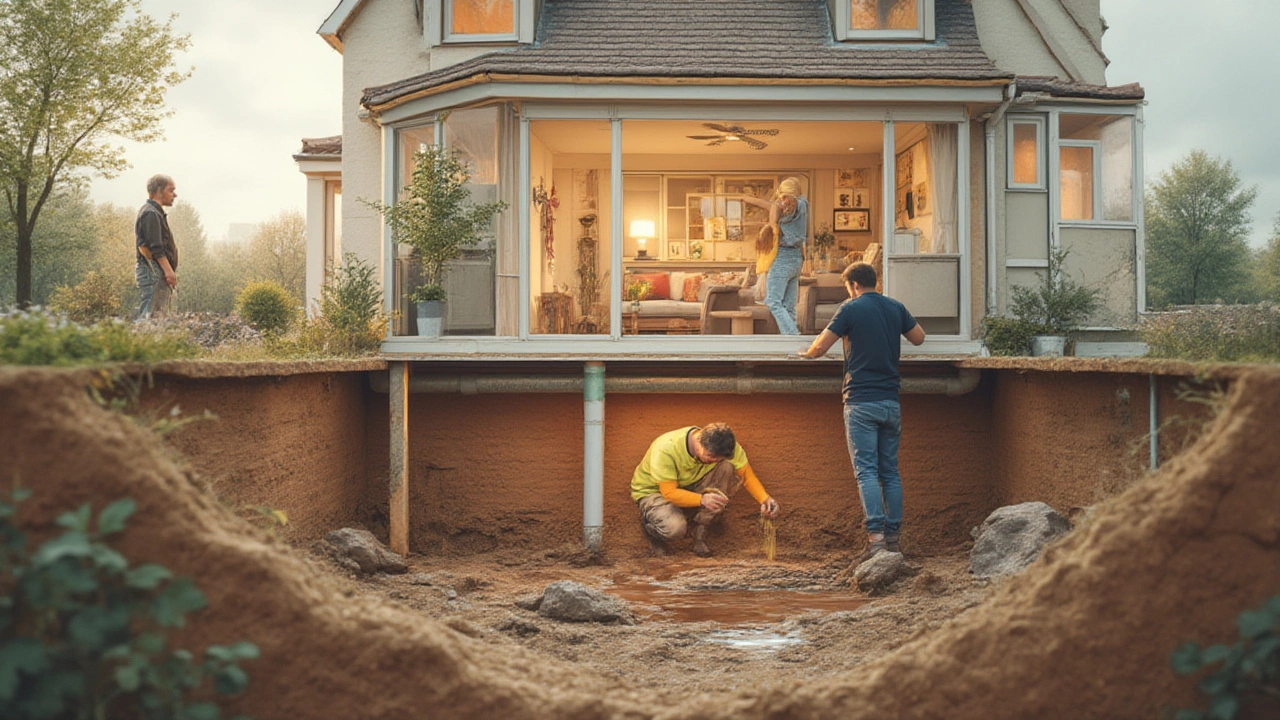Find out if your homeowners insurance covers broken pipes under your foundation, learn the facts, expert tips, and what to do if disaster strikes.
Homeowners Insurance Basics: What Every UK Homeowner Needs to Know
Buying a home is a big deal, but protecting it is just as important. Homeowners insurance is the safety net that steps in when something goes wrong – fire, flood, theft, or an accidental injury on your property. If you’re unsure where to start, this guide breaks down the essentials in plain language.
What does a typical policy cover?
Most UK policies split coverage into two parts. Buildings cover pays for the structure itself – walls, roof, windows, and permanent fittings. Contents cover looks after your furniture, electronics, clothing, and anything you can move. Some policies also throw in personal liability, which protects you if someone gets hurt on your land and decides to sue.
Know the limits. A policy might list a maximum payout for the building (say £250,000) and a separate limit for contents (perhaps £50,000). If your home is worth more, you’ll need to boost the limit or add an extra endorsement.
How much will it cost?
Premiums vary based on location, age of the house, construction type, and how you use the property. A modern brick house in a low‑risk area will be cheaper than an older converted loft in a flood‑prone zone. Adding security features – deadbolts, alarms, or CCTV – can shave off a few pounds each month.
Don’t forget the excess. That’s the amount you pay out of pocket when you make a claim. A higher excess lowers your premium, but make sure you can afford it if you need to claim.
Here are three quick ways to keep your premium down:
- Bundle home insurance with car or travel policies – insurers love bundling.
- Shop around every 12‑18 months; rates change and new discounts appear.
- Maintain a good credit score – many insurers use it to set rates.
Now, what if something does happen? The claims process can feel daunting, but a clear plan helps.
Claims: From start to finish
First, call your insurer as soon as possible. Most companies have a 24‑hour helpline for emergencies. Document the damage – take photos, write down what happened, and keep receipts for any immediate repairs.
Next, the insurer will assign a loss adjuster. Their job is to verify the claim and estimate the payout. Cooperate fully, but also keep a copy of every document you send.
Once approved, you’ll receive a payment based on the policy limits and the excess you chose. If the payout seems low, you can negotiate or appeal, especially if you have solid evidence.
Finally, review what caused the loss. If it was a burst pipe, consider upgrading your plumbing. If theft was the issue, upgrade your security. Proactive steps not only protect your home but often earn you a lower premium on renewal.
Homeowners insurance is not a set‑and‑forget product. Review it yearly, adjust limits if you remodel, and stay aware of any exclusions – for example, many policies don’t cover flood damage unless you add a separate rider.
By understanding what’s covered, how premiums are calculated, and what to do when you need to claim, you’ll feel confident that your biggest investment is safeguarded. Got more questions? Reach out to a local broker, compare quotes online, and pick the policy that fits your life and budget.
